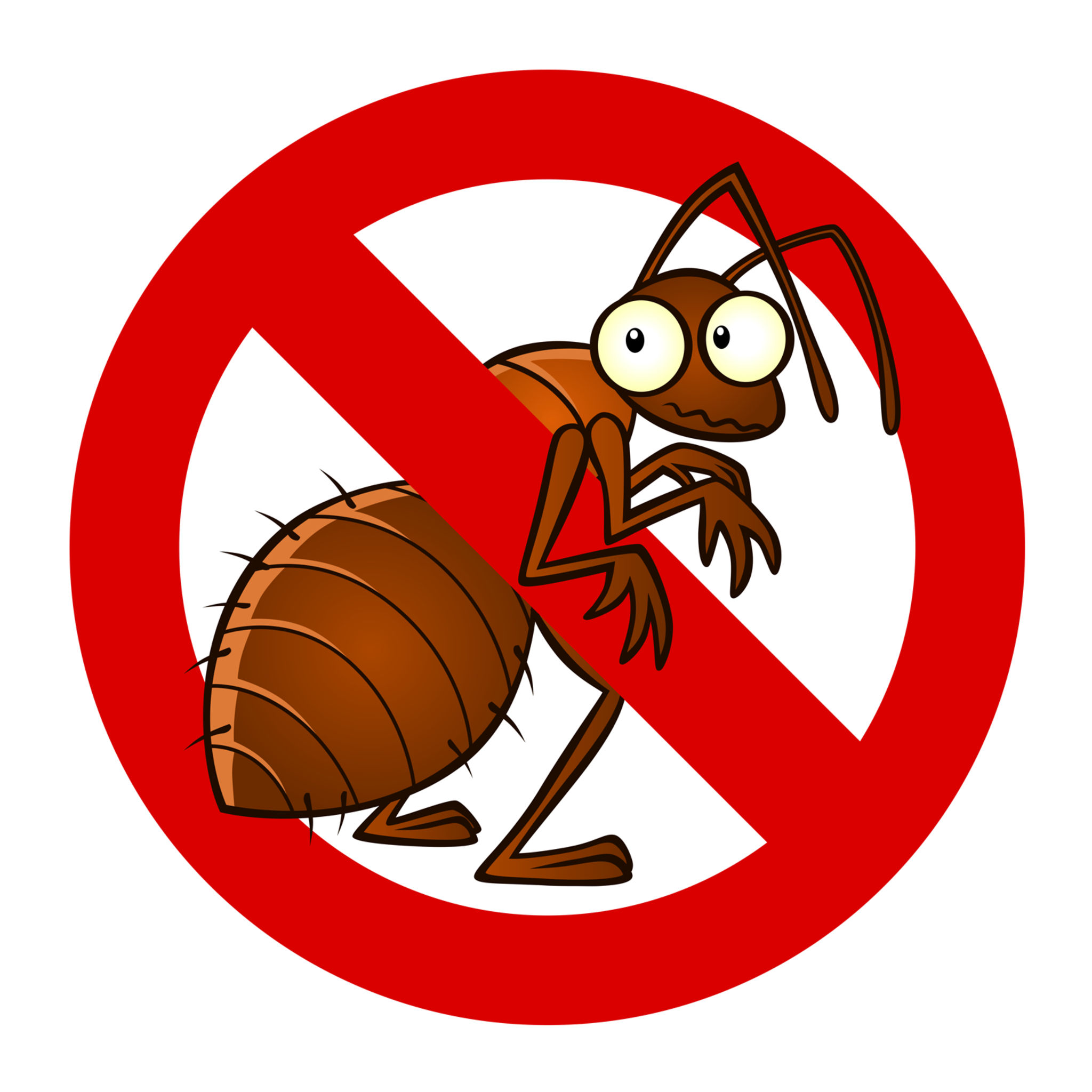Essential Guide to DIY Bug Control Techniques for a Pest-Free Home
In the quest for a pest-free and peaceful home atmosphere, understanding the art of DIY bug control techniques is a beneficial skill. By understanding the principles of pest recognition, avoidance techniques, and the usage of natural repellents, people can take proactive actions in the direction of protecting their homes. What are the most efficient Do it yourself bug control techniques, and exactly how can they be flawlessly integrated into your regimen?
Identifying Common House Pests
The primary step in effective pest control is properly determining the usual family pests existing in your living space. By identifying the particular parasites invading your home, you can customize your insect control initiatives to address them directly, causing a more effective and efficient elimination process.
Common household pests consist of pests such as ants, cockroaches, crawlers, and bed bugs. Furthermore, rats like mice and rats are frequent undesirable guests in suburbs. It is essential to differentiate in between these insects as each might call for different control methods.
When recognizing pests, take notice of physical characteristics such as size, shade, and markings. Droppings, nests, and damages to building can also give clues about the sort of bug problem you are handling. Making use of resources like bug recognition overviews or looking for assistance from bug control professionals can help in precise recognition.
As soon as you have actually identified the typical family parasites in your home, you can continue to implement targeted pest control approaches to efficiently handle and get rid of the invasion.
Executing Preventative Procedures
To properly discourage parasites from infiltrating your home, positive implementation of preventative steps is necessary. Cut back trees, shrubs, and shrubs that are close to your home to stop very easy gain access to for pests. Furthermore, get rid of standing water sources both inside and outside your home to prevent attracting bugs like mosquitoes and rodents.
Using Natural Pest Repellents
After establishing a solid structure of preventative measures to protect your home versus pests, the focus now moves towards using all-natural parasite repellents for an added layer of defense. All-natural pest repellents supply a environmentally friendly and risk-free option to chemical-based items, reducing the risks connected with hazardous materials in your living setting.
One reliable natural bug repellent is important oils. Peppermint oil, as an example, is understood to drive away computer mice, crawlers, and ants as a result of its solid aroma. Simply weaken a few decreases of peppermint oil in water and spray it around entry points and locations where insects are likely to enter.
One more popular option is diatomaceous earth, a great powder made from fossilized remains of aquatic phytoplankton. This material is extremely efficient against crawling insects like fleas, ants, and roaches. Sprinkle diatomaceous earth in cracks, gaps, and other hiding spots to dry out and eliminate bugs on get in touch with.
DIY Insect Traps and Baits
Checking out homemade insect traps and lures gives home owners with cost-effective solutions to efficiently manage and regulate pest invasions within their space. DIY insect catches can be used easy materials located around the home, such as plastic bottles, vinegar, or sugar. For example, an usual fruit fly trap can be developed by cutting the top off a plastic bottle, inverting it, and placing it back right into the base with a blend of vinegar and sugar inside. This tempts the fruit flies in, yet they are incapable to run away, therefore reducing their populace in the home.
In a similar way, homemade bait terminals can be effective for regulating ants, cockroaches, or rats (Pest Control Near Me). Get More Information These catches can be made making use of non-toxic active ingredients like borax, sugar, and water, which attract pests and eliminate them without posing a risk to pets or household participants. read more By purposefully putting these traps in locations where parasites are active, home owners can successfully reduce insect populations and maintain a pest-free home environment
Keeping a Pest-Free Setting
Successfully sustaining a pest-free atmosphere calls for consistent watchfulness and proactive steps to prevent parasite reinfestation in property rooms. Routinely examining the environments for indicators of parasites, such as droppings, munch marks, or nests, is vital in determining prospective problems beforehand. Keeping tidiness by immediately cleaning up spills, keeping food in closed containers, and disposing of waste effectively aids get rid of attractants for insects like rats, ants, and roaches. Sealing entrance points, such as fractures in wall surfaces, spaces around windows and doors, and openings for energy lines, can protect against parasites from penetrating the home. Additionally, maintaining outside areas well-trimmed and eliminating clutter like piled firewood or particles near your house can prevent parasites from nesting near the residential property. Applying safety nets like installing door moves, repairing screens, and making use of dehumidifiers to decrease dampness levels can additionally add see this page to a pest-free atmosphere. By adopting these techniques regularly, homeowners can create an unwelcoming environment for insects and delight in a tidy, pest-free home.
Final Thought

In the quest for a relaxed and pest-free home atmosphere, mastering the art of DIY parasite control strategies is a beneficial ability. Using sources like bug identification guides or seeking support from bug control specialists can help in precise identification.
Exploring homemade pest traps and baits offers house owners with affordable solutions to effectively take care of and manage pest invasions within their living spaces. By purposefully positioning these traps in locations where parasites are energetic, home owners can efficiently lower insect populaces and preserve a pest-free home setting.
